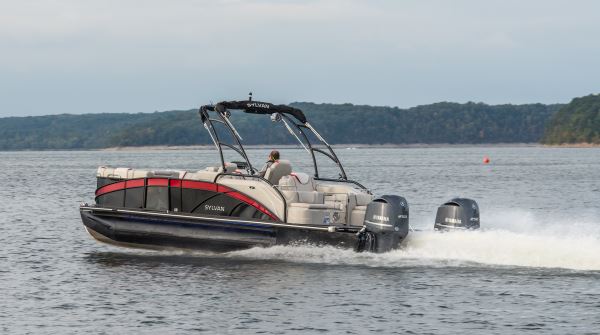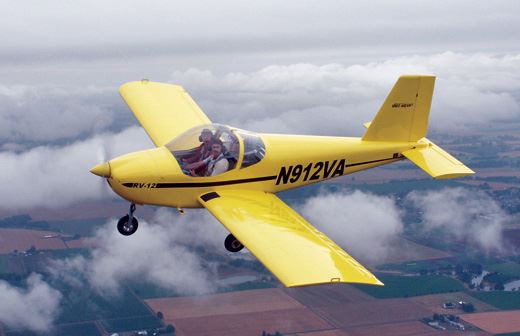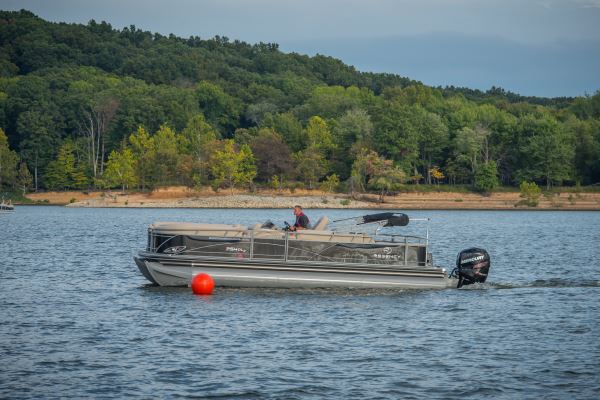
I’ve been in the boating and aviation industry pretty much all my life. Many believe boating is not the same as aviation but it really is. Both require participants to spend discretionary income on a boat or aircraft and both require training, maintenance and most importantly, time.
It is also interesting to see how these two markets are evolving and trying to increase participation. Aviation is a small market segment compared to the boating world but the search for new people is the same. These recreational industries need people with extra cash and time. In my business these two things cross over a lot. Maybe it’s the type of person that likes boating also likes flying. But they also like motorcycles and custom cars. I don’t have any proof but my educated guess says these activities attract the same sort of people.
In my view, boats and aircraft start as a basic, practical, functional vehicle. As the market expands and sales grow, so do the boats. They become bigger, heavier, costlier and more impractical.
Years ago I wrote an aviation article about a small, two seat kit aircraft that started out very affordable ($20,000) and easy to build, fly and operate. But it slowly morphed into a $75,000 kit aircraft loaded with equipment and more complex to operate and maintain. The basic design was the same, but the total package had changed.

Then one day that company decided they were going to help the budget-minded basic aircraft builders with a “new” aircraft and they came out with what they called their “Lite” version. In the article I compared the specs between this new lite version and the original version. They were almost identical. It had made a full circle.
I know that story is from aviation, but let’s look at pontoon boats. When I was growing up, a pontoon had a reputation as a floating, fishing, and beer drinking platform with a tiny engine and probably lawn chairs for seating. I bet a number of you can remember seeing a pontoon with the same BBQ grill from your patio smoking someone’s afternoon catch on the front of the boat. Usually a pontoon was used in a pond or small lake with no need for speed and performance.
While I believe manufacturers have the best intentions believing that buyers really do want comfort and performance when they buy a pontoon, it seems the pontoons in their own way have slowly been morphing into something more than the original plan included.
I am not saying that pontoon boats being loaded with more equipment, bigger engines and high performance tubes is a bad thing. I’m just saying it seems like the pontoon industry is trying to make pontoons into something other than a pontoon.
I tell buyers to “buy the boat that does what you need 80-90 percent of the time.” Then I add, “But buy what you really want.”
That said, my belief is if you buy a boat that you like, does what you want and you can operate, store, and maintain it, it’s the best of all worlds. Boats that meet these needs are well usually and enjoyed. If it’s too big, too expensive to fuel, or too hard to operate it is not going to get used as much.
Now as far as pontoons, it appears that the industry has been slowly transitioning the pontoon into a sellable replacement to a runabout.
There is nothing wrong with this. At a boat show, I looked at a triple pontoon with chines on the tubes and a 400 horsepower outboard. It dawned on me as I took a picture: are we trying to make pontoons into boats that they aren't and were never designed to be? Don’t get me wrong, I was drooling over the boat. I even told my wife and she mentioned something about how I could have that boat with my next wife.

This is not to say that a pontoon that does 70 miles per hour and turns like a Vee-bottom ski boat isn’t a great boat or isn’t needed. In fact, the one I drooled over sold before the end of the show. And I like technology, performance, speed, horsepower, looks and all the stuff that goes along with it as well as any other gear head.
My point is this: when should a boat buyer buy a pontoon compared to a typical performance boat? The interior of many of the high end pontoons now have side panels and windshields and when sitting in the captain’s seat, the view looks like any other runabout. The only difference is floating on round tubes instead of a hull. Chances are you will treat the boat just like a runabout so what really is the difference? Cost? I don’t think that’s it; any of the high end pontoons cost as much or more than a runabout.
I guess that’s my real question, what happened to the pontoon? If you thought maybe I’m complaining about performance pontoons, let me just say: watch here in the next few months as I install the Pontoon Wholesalers poly third toon kit. I might talk about basic boats, but that won’t stop me from seeing if I can make my boat faster or better handling.
Scott “Sky” Smith is the author of “Ultimate Boat Maintenance Projects” and an independent agent insuring boats, custom vehicles, drones and aircraft nationwide. Sky@SkySmith.com. Follow on Twitter @scottskysmith.

